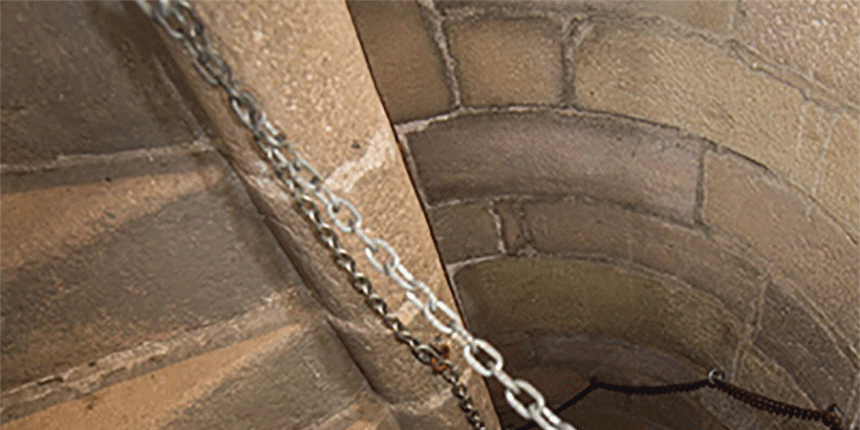People
06 August 2019
How people’s behaviours and capability can increase the chances of slips and trips occurring

People
How people’s behaviours and capability can increase the chances of slips and trips occurring
Slips and trips - hazards of human behaviour
Human behaviour and individual capability will influence how likely someone is to slip or trip and suffer an injury. This is not just during normal day-to-day activities but also during events and in crowds. Here, the increased numbers of visitors alone or the event attractions themselves may increase the risk from slips or trips significantly. In some circumstances, the risk may increase where people are frail, elderly or have disabilities.
Whilst it might be easy to assume the individual was at fault, the incident is far more likely to have happened due to the environment they were in, or the task they were attempting to complete. This is true for everyone who comes into contact with the site both inside and out, including staff and volunteers.
It is also important to consider how various types of footwear may accentuate slip or trip hazards in historic properties. This will help decide on the adequacy of any precautions required. For staff and volunteers, raising their level of awareness of slips and trips can also play an important part in preventing them.
Slips and trips in historic properties
There is often a wide range of people and activities at an historic property. This includes visitors (both young and old), staff and volunteers, people attending an event, suppliers and contractors. Activities are increasingly diverse, including standard ‘business as usual’ visits, ‘back office’ administration, deliveries, exhibitions, weddings, concerts, displays and school groups. Events in particular can influence the way people behave and interact with the property significantly, particularly if alcohol is being consumed.
An historic property may present an environment unfamiliar to some visitors with uneven or slippery floor surfaces, uneven steps, or sudden changes in flooring, and lighting. Also, whilst the public areas may be easier to manage, staff and volunteers will often work in the ‘back of house’ areas which can have challenging features such as steep, uneven stairs or concealed trip hazards. When it comes to footwear, whilst it may be easier to stipulate and provide appropriate footwear for employees, it is not possible to do this for most visitors.
Top tips for preventing slips and trips
Here are some solutions and considerations to overcome these challenges:
- Observe how people use and move around the property; can they access and go about their activities easily and safely – indoors and outside?
- Train staff to offer guidance and assistance to visitors where they may access areas that might present particular slip or trip hazards.
- Provide an alternative way for people to view areas that are difficult to access particularly for people with restricted mobility, such as a webcam or short video.
- Create a one-way system to avoid people having to pass one another in tight stairwells and corridors.
- Provide visitor information warning of any challenging areas and access issues.
- Use warning signs that carry a clear and simple message, with appropriate images, illustrations and even photographs.
- Provide reusable overshoes for staff and volunteers to protect them during high-risk activities
- Use a physical barrier rather than a sign.
- Refer to the Health & Safety Laboratory’s ‘GRIP’ scheme for suitable anti-slip footwear
Always consider...
- If your precautions are adequate given your circumstances.
- Completing a risk assessment if you need one to comply with health and safety law.
- Assess any new risks presented by a new activity or event before agreeing to host it.
- Providing information and training for any employees and volunteers on what they need to do.
- Making periodic checks that your arrangements and precautions remain adequate.
- Documenting your arrangements and responsibilities for preventing slips and trips, perhaps as part of your health and safety policy.
- Highlighting challenging areas in your visitor and user information.